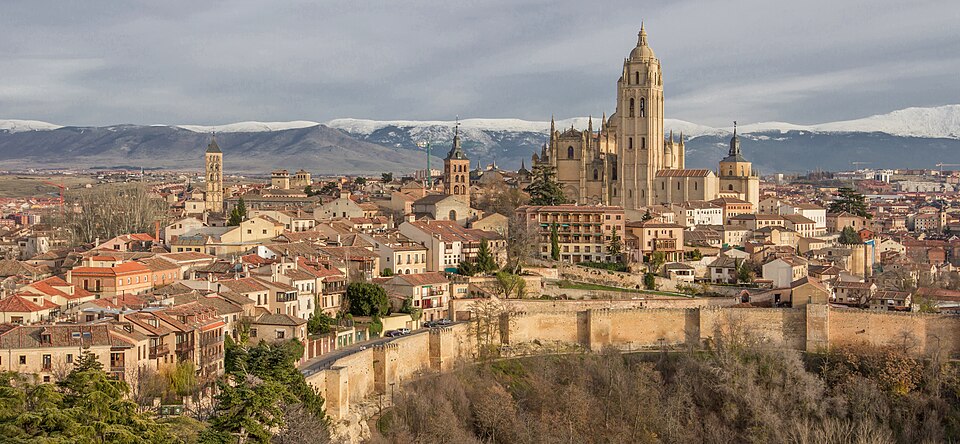

Curated experiences in Segovia


The Aqueduct of Segovia (Spanish: Acueducto de Segovia) is a Roman aqueduct in Spain, built around the first century AD …





The church of the True Cross (Iglesia de la Vera Cruz) is a Roman Catholic church located in the San …





Create a personalized itinerary and unlock the finest experiences Segovia has to offer
Plan Your Trip